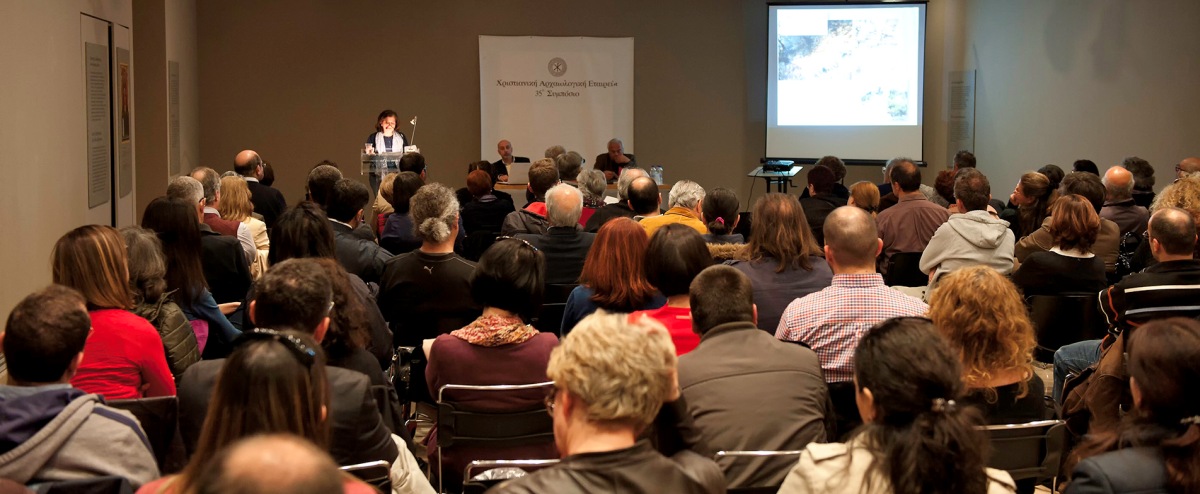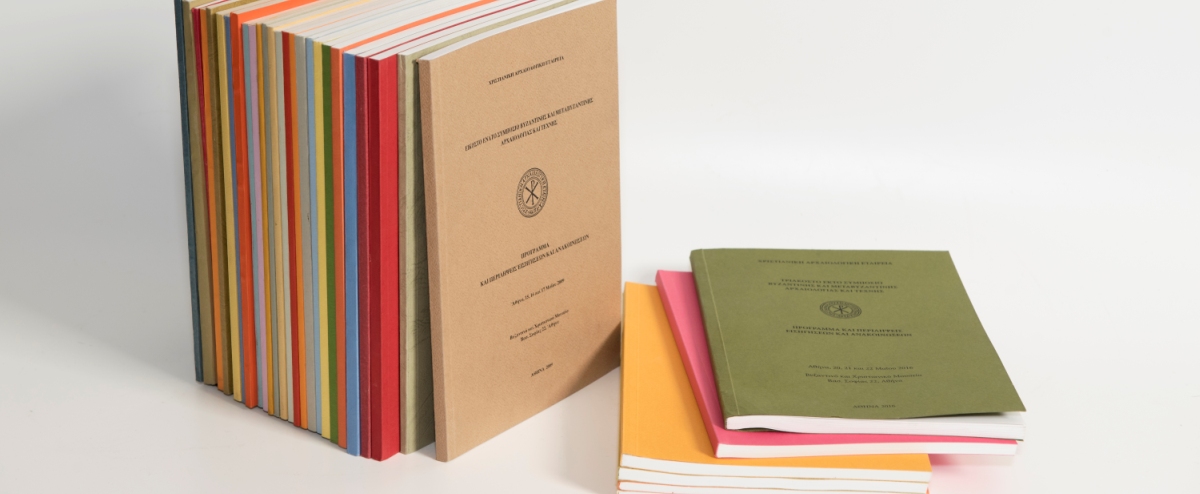39th Symposium of Byzantine and Post-Byzantine Archaeology and Art Athens, Byzantine and Christian Museum, 30 May – 1 June 2019
«Ideological and cultural reception of Byzantium by other cultures (7th-15th centuries)»
The special topic of the 39th Symposium of the ChAE “Ideological and Cultural Reception of Byzantium by other cultures (7th-15th centuries)” is the continuation of the special topic of the 38th Symposium Seeking the place of the “other” in Byzantium which explored the impact of other religions and ethnic groups on the material culture and the artistic production of Byzantium. The special topic of the 39th Symposium will attempt to complete the picture by investigating the image of Byzantium and its ideological and cultural reception by others, especially by its neighbors, Slavs, Russians, Georgians, Armenians, Seljuk and Ottoman Turks, Arabs, Normans, Scandinavians, Venetians, Genoese, Franks and other Crusaders etc.
The purpose of the Symposium’s special topic, as a continuation of last year’s aim, is to investigate the reflection of the cultural and politico-economic image of the Byzantine empire on its coreligionists, on heterodox peoples and on followers of other religions with whom it came into contact from the 7th century to the Fall of 1453.
See here the detailed program of the 39th Symposium of the CHAE
38th Symposium of Byzantine and Post-Byzantine Archaeology and Art Athens, Byzantine and Christian Museum, 11-13 May 2018
«In search of the place of the “other” in Byzantium: Material evidence and artistic manifestations of the presence of other ethnic groups and religions in the Byzantine Empire»
Byzantine society, although inclusive regarding the composition of its population, was particilarly coherent thanks to the Orthodox faith, the Greek language and Greek education, and thanks to its view of the ecumenical importance and uniqueness of the Christian Roman Empire. However, there must have co-existed within Byzantium for shorter or longer periods populations and people who came as raiders, mercenaries, visitors, pilgrims, refugees, merchants, professionals and others who differed in religion, language, culture and ideology: Jews, Georgians, Armenians, Goths, Slavs, Avars, Arabs, Varangians (Vikings), Seljuks and Ottoman Turks, Normans, Venetians, Catalans as well as Paulicians, Bogomils, and others.The goal of the Symposium’s special topic is to explore the imprint left by the “other” in material culture and artistic production in order to enable the evaluation of this material and its contribution to our knowledge regarding coexistence with the element of the “other”. Light will also be shed on the processes of assimilation, deliberate exclusion and/or segregation of the “other” in Byzantine society.
See here the detailed program of the 38th Symposium of the CHAE



